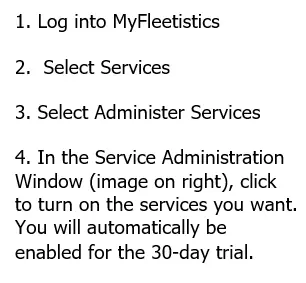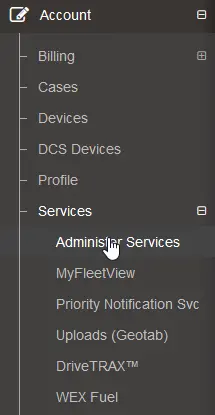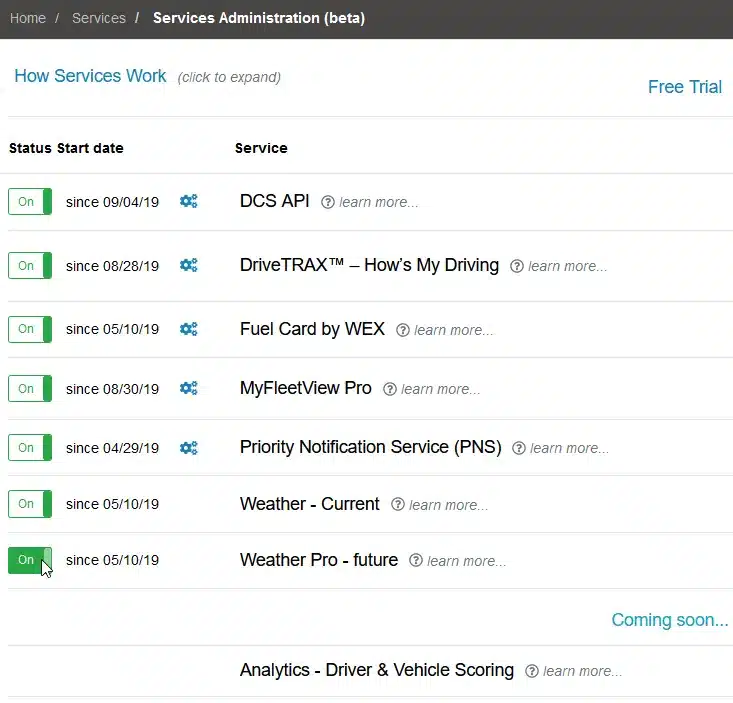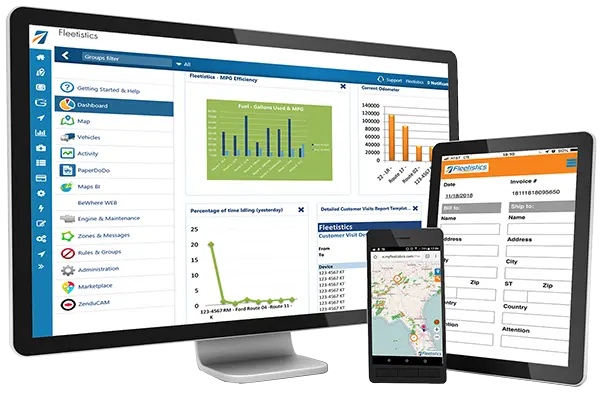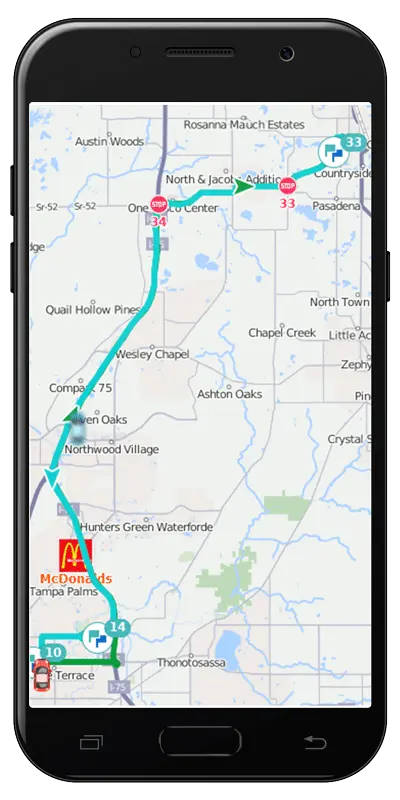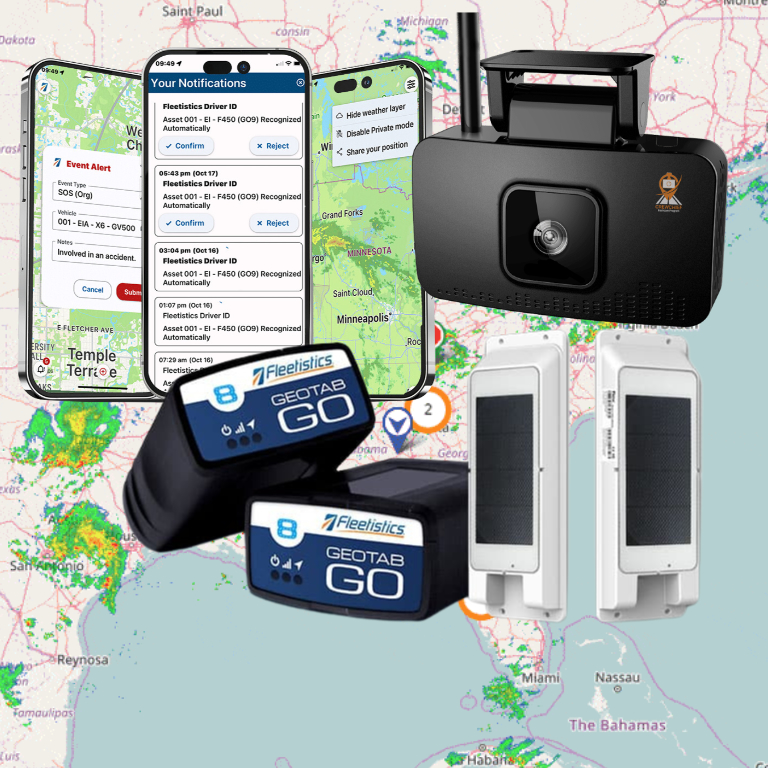Gridlock is Slowing Us Down
Road conditions and traffic congestion or gridlock are a major factor that affects punctuality, productivity, and safety. Unfortunately, driving in less than ideal road conditions, and stopping to wait in gridlock is something we must live with. In any case, awareness helps us to avoid some of the worst situations and better cope with the rest.
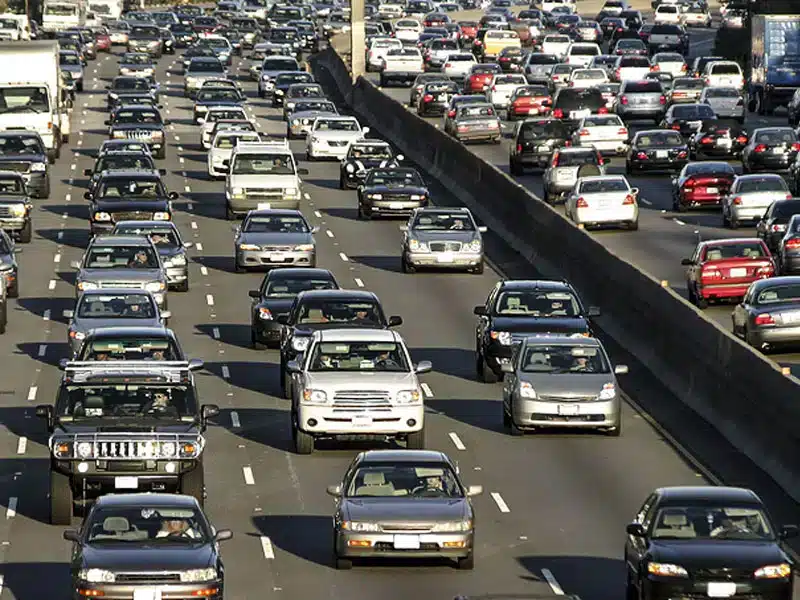
Can We Eliminate Gridlock?
We all encounter it and we all hate it, but can anything be done about it? Texas A&M recently released its annual Urban Mobility Report. It explains some of the WHY and offers a long list of potential remedies to avoid gridlock. It is clear there is no one solution, but many small things that can be done to impact this problem plaguing metropolitan commuters and fleets.
What are some things a business can do? Both small and large businesses can use remote workers where practical. Another idea is to schedule services for off-peak travel hours by offering incentives to customers for scheduling their service in those off-peak hours. These simple measures are just starting points. The Big Data that is available through the efforts of companies like Geotab, can be used to better understand and prevent the ongoing gridlock in the US.
Road Condition in the US
According to The Reason Foundation’s Annual Highway Report, pavement condition in the US has continued to decline over the years. Some states do better than others when it comes to filling potholes and repairing deficient bridges. It is interesting that the dollars we spend on construction projects to improve road conditions do not always correlate to the percentages of improvement achieved.
Heavy Duty Trucking, commenting on the report, posted. The percentage of urban interstate mileage in poor condition increased in 29 states with one-third of the nation’s urban interstate mileage in poor condition being concentrated in just five states: California, Delaware, Hawaii, Louisiana, and New York. Massachusetts ranks low in the overall rankings but shows the nation’s lowest traffic fatality rate, while South Carolina reports the highest.
Highway Safety
Safety awareness and training are key to every driver coming back safe every day.There is a wealth of information available on highway safety in the US. This information is provided by safety experts, insurance organizations, and fleet technology providers. Understanding the safest and most dangerous places along your routes can save lives. Here are a few resources you may find helpful.
- The most dangerous highways in America (interactive from Geotab)
- Safest and most dangerous States for Drivers (published by safewise)
- 15 US Roads to Avoid (10 Highways to Never Cross) (published by The Travel)
- 30 Most Dangerous Roads in America (published by BestLife)
Bad Weather = Poor driving conditions creating gridlock.
Snow and ice create a dangerous combination. They cause accidents and endless gridlock. Knowing when to avoid dangerous weather saves time, lives, and expensive commercial vehicles. You can add forecast weather service to your GPS tracking easily. MyFleetView allows you a 30 day trial of our weather services. The map displays where your vehicles are in relation to the weather conditions and weather related roadway threats you select. See how below.
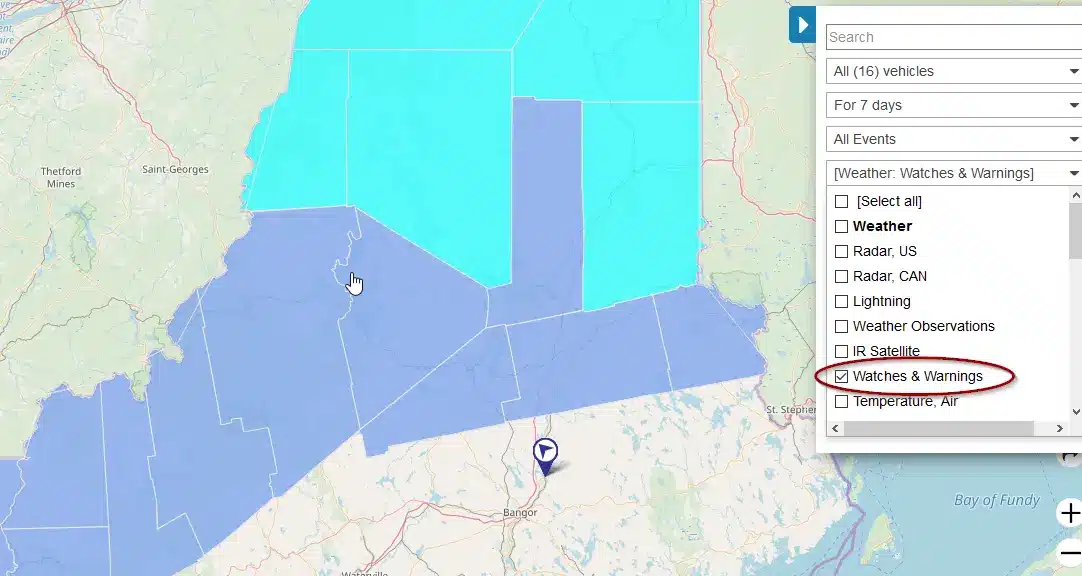
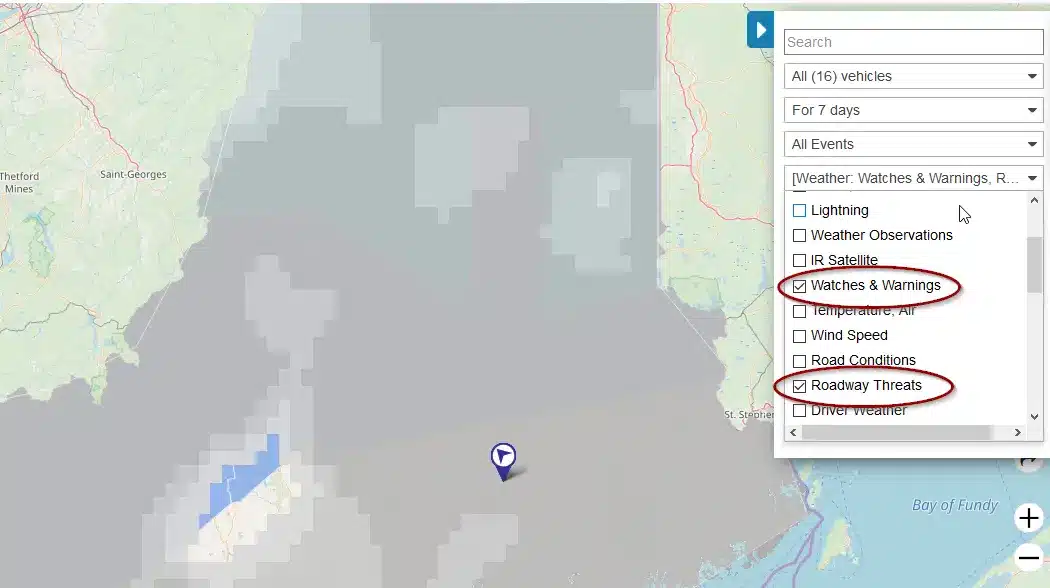
Adding current and forecast weather to your MyFleetView map is easy! Start your 30 day trial today! Here’s how.
